What is the history of those humongous junipers?
catkim
20 years ago
Related Stories
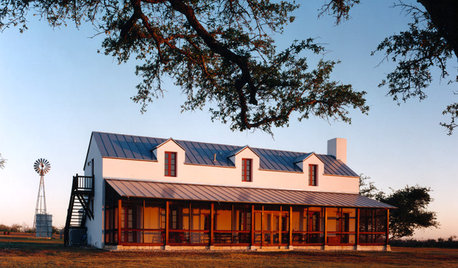
FARMHOUSESHouzz Tour: German Tradition Deep in the Heart of Texas
Rooted in architecture from the 1800s, this award-winning home mixes history with the vernacular of today
Full Story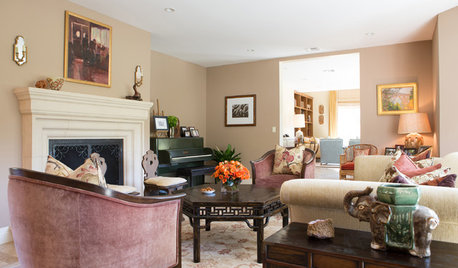
LIVING ROOMSRoom of the Day: Addressing the Green Piano in the Room
A homeowner’s favorite furniture item presents an interesting design challenge and reveals a fascinating history
Full Story
FARM YOUR YARDHow to Build a Raised Bed for Your Veggies and Plants
Whether you’re farming your parking strip or beautifying your backyard, a planting box you make yourself can come in mighty handy
Full Story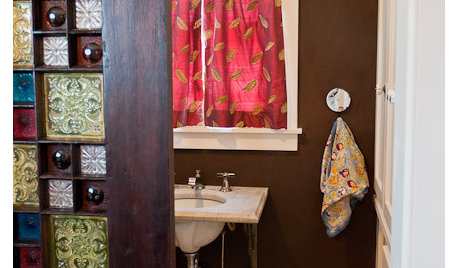
SALVAGEReinvent It: Antique Glass Goes Door to Door
Patchwork squares star on a door that once lived on a home's exterior, now gracing a historic home's dining room
Full Story
FARMHOUSESWorld of Design: See How 9 Families Live and Farm on Their Land
Join us as we visit the homes and farms of passionate food producers and hear about rural life around the globe
Full Story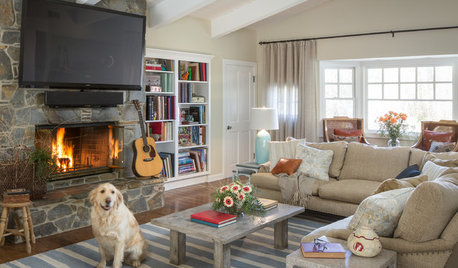
RANCH HOMESHouzz Tour: Collected Comfort in an ’80s California Ranch
Relaxed elegance comes courtesy of a soft palette, meaningful treasures and plenty of room for puzzles
Full Story
GARDENING GUIDESNew Ways to Think About All That Mulch in the Garden
Before you go making a mountain out of a mulch hill, learn the facts about what your plants and soil really want
Full Story
Houzz Call: Show Us Your Paint Makeovers
Let your newly repainted house or room do the "How d'ya like me now?" strut right here — it might just be featured in an upcoming ideabook
Full Story
FEEL-GOOD HOMEThe Question That Can Make You Love Your Home More
Change your relationship with your house for the better by focusing on the answer to something designers often ask
Full Story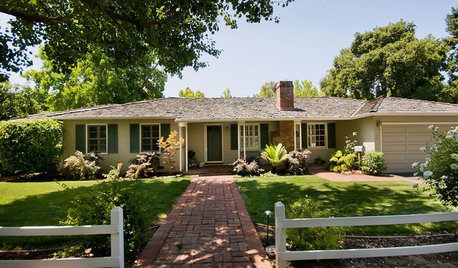
ARCHITECTURE10 Advantages of the Humble Ranch House
Boomer-friendly and not so big, the common ranch adapts to modern tastes for open plans, outdoor living and midcentury mojo
Full Story





mjsee
spectre
Related Professionals
Wrentham Landscape Architects & Landscape Designers · Willowick Landscape Architects & Landscape Designers · Manchester Landscape Contractors · Dedham Landscape Contractors · Florham Park Landscape Contractors · Fort Payne Landscape Contractors · New Providence Landscape Contractors · Brunswick Siding & Exteriors · Derry Siding & Exteriors · Arlington General Contractors · Endicott General Contractors · Fremont General Contractors · River Forest General Contractors · Seal Beach General Contractors · Tabernacle General Contractorsginny12
grandblvd03
ginger_nh
spectre
lazy_gardens
etexlady
acj7000
bahia
venezuela
catkimOriginal Author
tessasdca
venezuela
tessasdca
mich_in_zonal_denial
tessasdca
nandina
jakkom